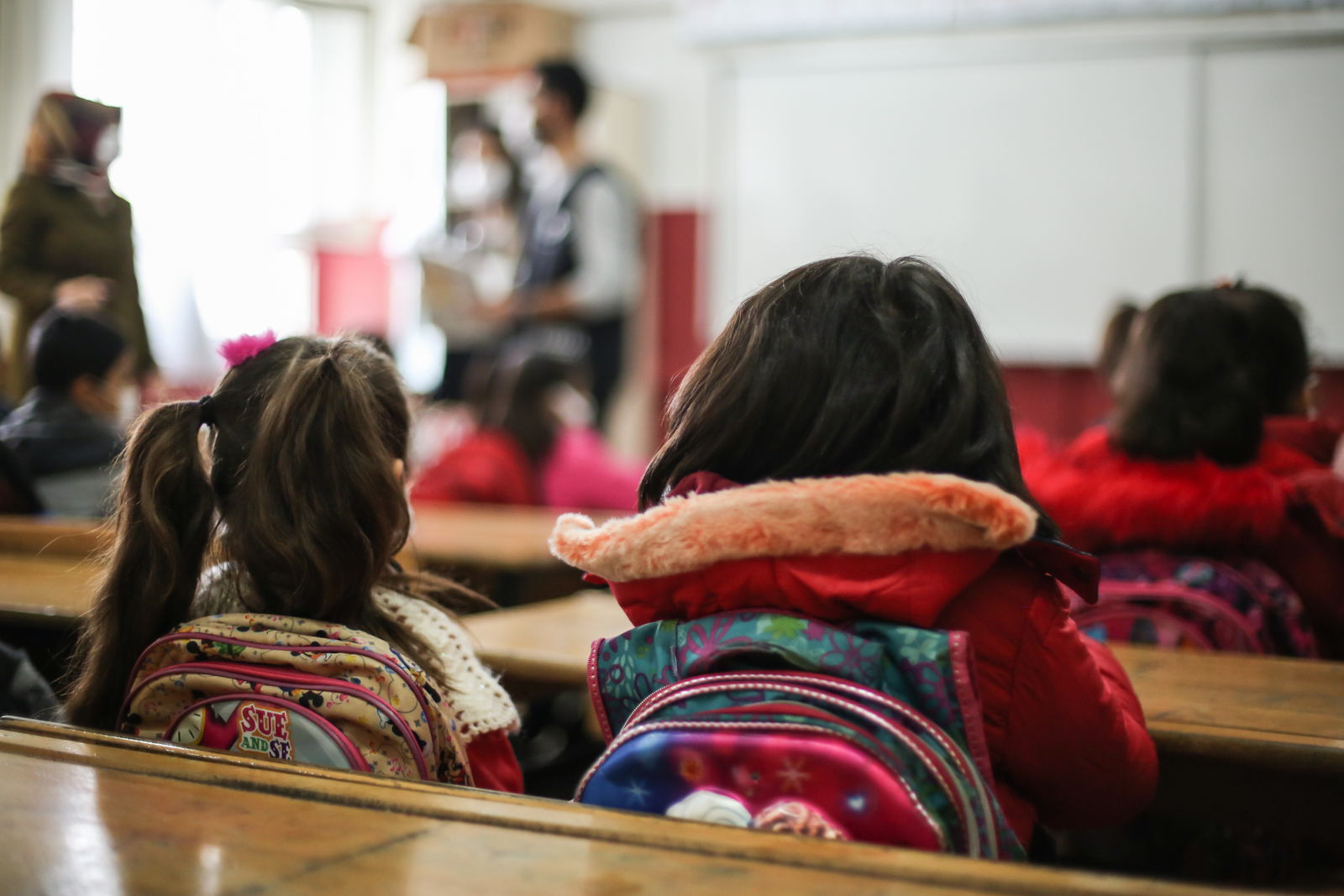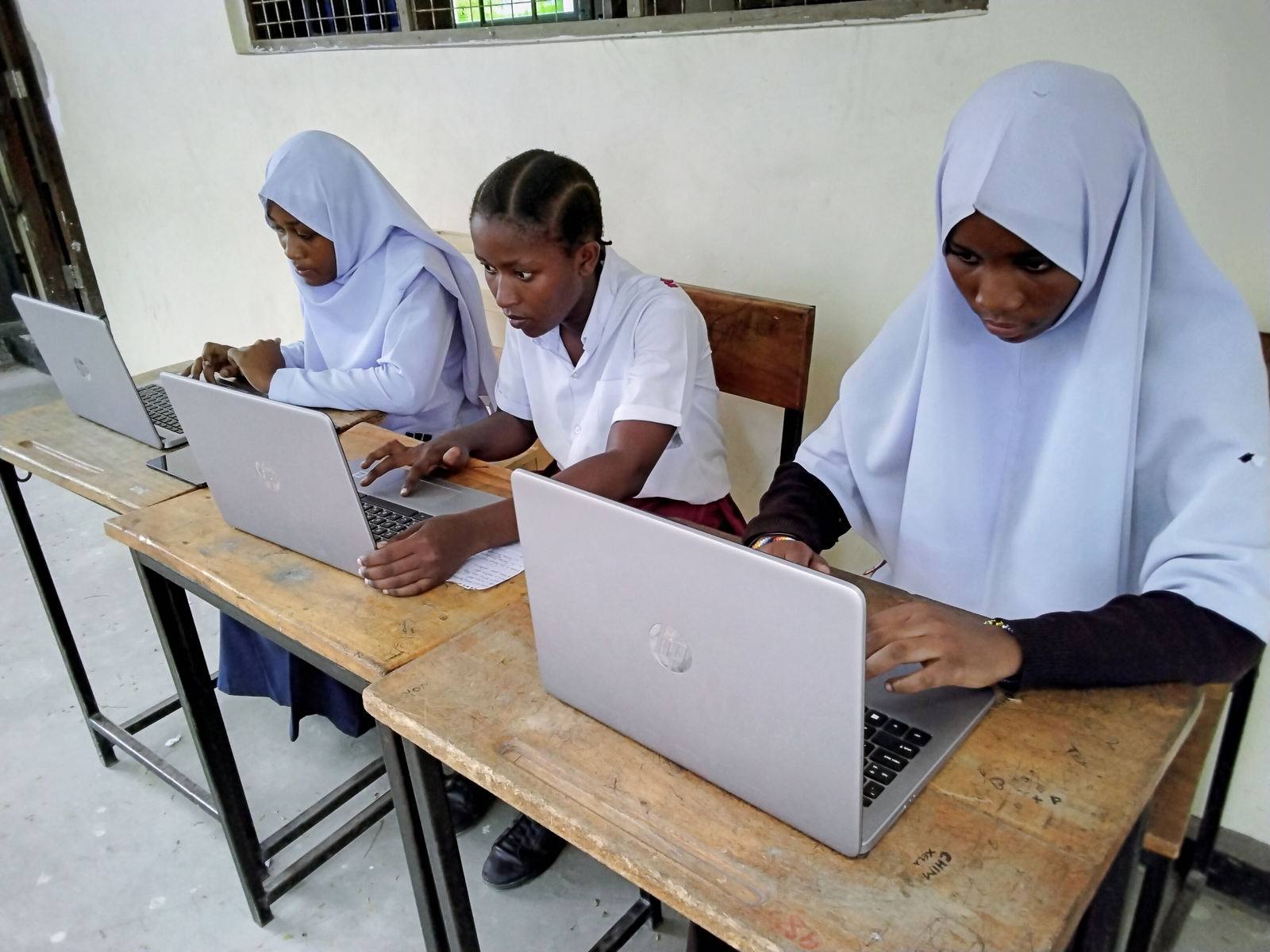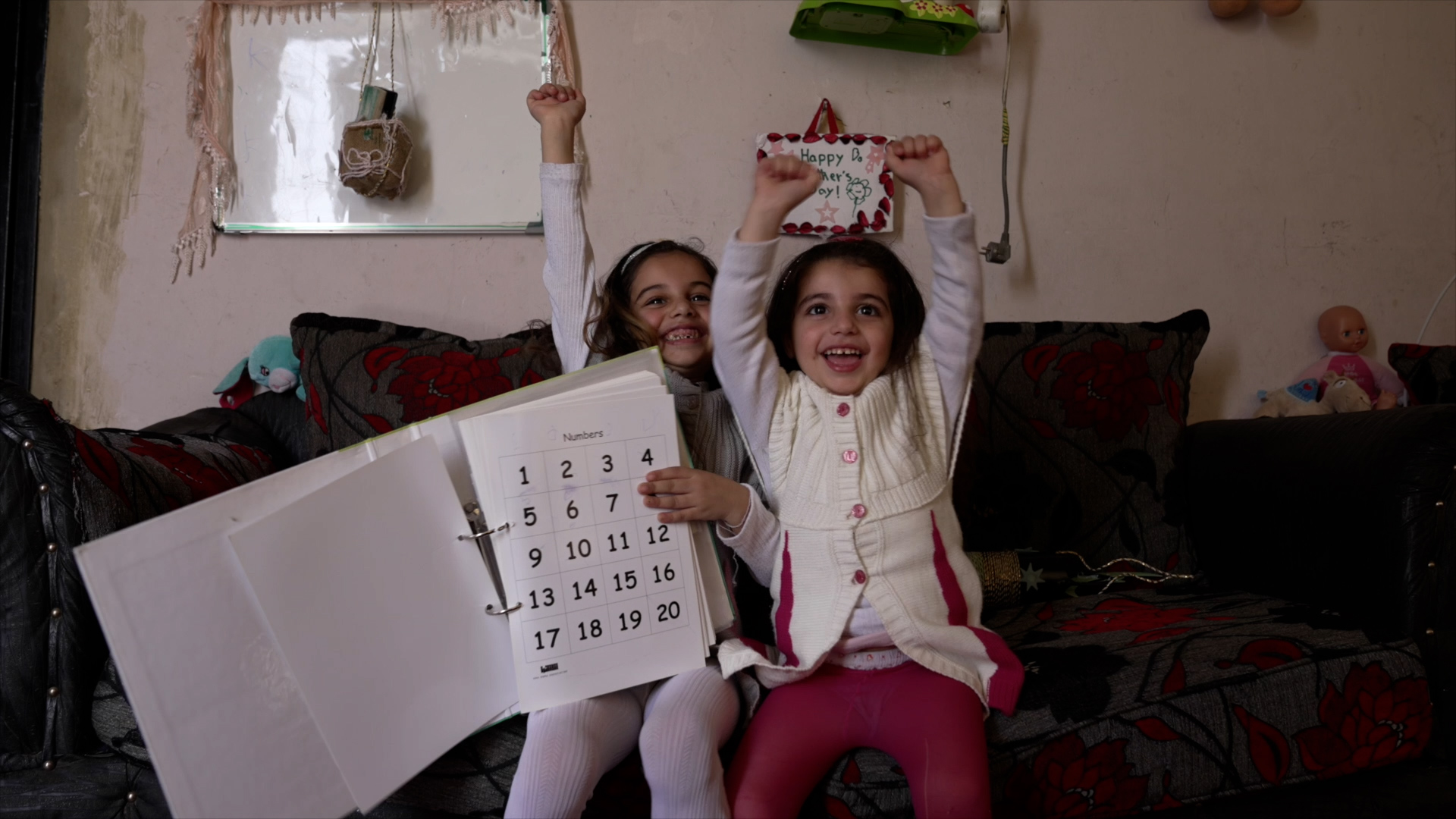
Revealed: the cost of not educating girls at secondary school
Child marriage, Girls' education, Right to education
Girls who complete their education are more likely to work and earn more money and less likely to become child brides or young mothers, a report says.
When girls don’t go to school, it doesn’t just affect them and their future. It has an impact on their communities and their countries.
More than 130 million girls between the ages of six and 17 are still not getting an education – and 75% of them are adolescents.
Women who have been to secondary school are more likely to work and will earn almost twice as much as those with no education.
According to a new report by the World Bank, if every girl in the world had 12 years of schooling, lifetime earnings for women could increase by $15 trillion to $30 trillion globally. It said secondary school education for all girls could:
- Virtually eliminate child marriage
- Lower fertility rates by a third in countries with high population growth
- Reduce child mortality and malnutrition
Here are some other findings from the report Missed Opportunities: The High Cost of Not Educating Girls.
Fewer than two in three girls in low-income countries complete primary school.
Only one in three girls in low-income countries finish lower secondary school.
Globally, nine in 10 girls complete their primary education – but only three in four finish lower secondary.
Only about 40% of girls in sub-Saharan Africa complete lower secondary school.
Girls who complete secondary school are better equipped to become healthier, more prosperous adults, with smaller families and children who are less at risk of illness and death and more likely to succeed.
Girls with a secondary education are more likely to work as adults and be decision-makers at home and in their communities.
If every girl worldwide received 12 years of quality education, lifetime earnings for women could increase by $15 trillion to $30 trillion globally.
Women with primary education only earn 14% to 19% more than women with no education at all – but those with secondary education earn almost twice as much.
Universal secondary education for girls could virtually eliminate child marriage and has the potential to reduce by 75% the risk of females having a child before the age of 18.
In developing countries, secondary education for girls could increase women’s knowledge of HIV/AIDS and empower them to make decisions about their own healthcare.
Since 2016, the World Bank has invested more than $3.2 billion in education projects benefiting adolescent girls.
“We cannot keep letting gender inequality get in the way of global progress,” said World Bank CEO Kristalina Georgieva.
“Inequality in education is yet another fixable issue that is costing the world trillions. It is time to close the gender gap in education and give girls and boys an equal chance to succeed, for the good of everyone.”

More news

Skills for the future give young people the best chance of success
